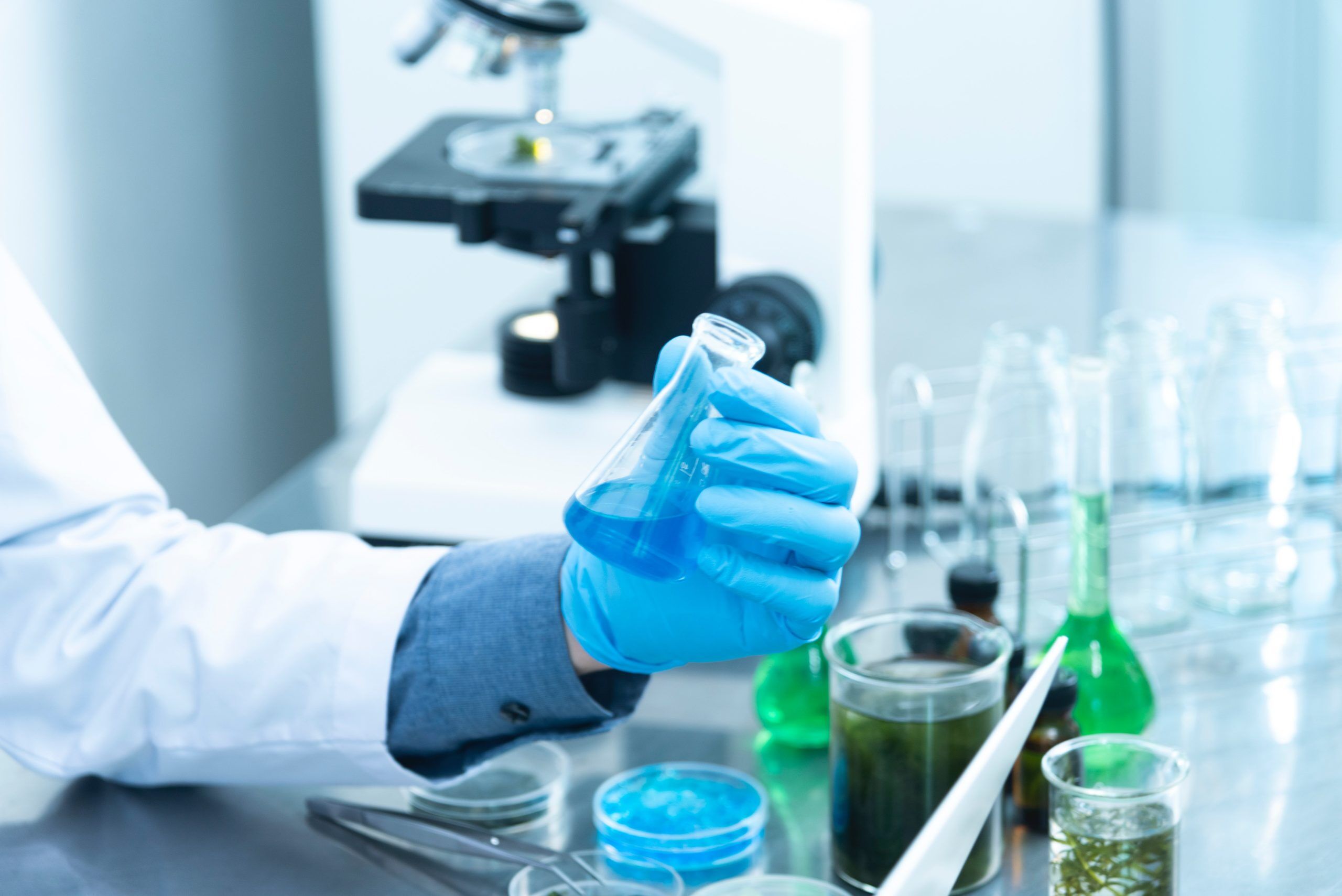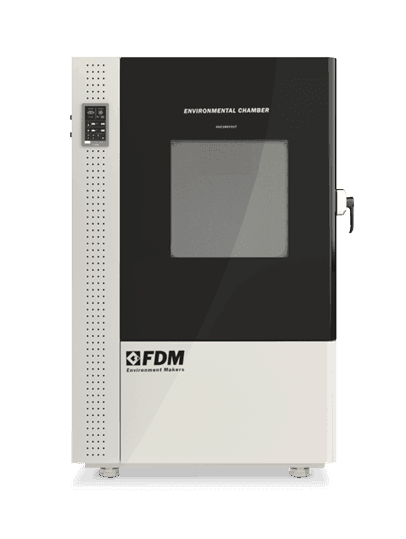
GMCS Testing, i.e. the gas chromatography-mass spectrometry test is one of the most advanced, precise and used techniques of analytical chemistry.
The value of GMCS derives from being the integrated combination of two different analytical techniques, gas chromatography and mass spectrometry.
In the following article we will first present them separately and then see how they work in tandem in GMCS testing.
What is Gas Chromatography?
Gas chromatography is a chemical analysis technique of substances that can be used independently but, in GMCS Testing, it is part of the first phase of the analytical process.
It was invented in 1941 by Archer John Porter Martin and Richard Laurence Millington Synge.
The sample to be analysed, which is usually a mixture of several substances, is vaporised, turning it into a gas.
Next, the gas is injected into a thin tube called a chromatography column, which is filled with a material that acts as a filter, capturing some chemicals longer than others.
By means of a laboratory oven, the column is heated in a controlled way in order to separate the chemicals. At different temperatures, some substances will pass through the column faster, while others will take longer.
As the chemicals pass through the column, they are detected by a device called a detector, which registers their passage. To identify them, the amount of light absorbed or the amount of electric charge generated by the chemicals is detected.
The whole process already allows for a good degree of analysis, but combined with mass spectrometry, the results are even more remarkable.
Perform
Extreme Testing
Discover the new series of Environmental Chambers for controlled climate testing
What is Mass Spectrometry?
Mass spectrometry is the second step in the GMCS Testing process, although it is a technique that can also be used independently.
Within the GMCS Testing process, the sample leaves the gas chromatograph to enter the mass spectrometer.
The mass spectrometer is in turn made up of an ionization chamber, a mass analyzer and an ion detector; all held under high vacuum by diffusion pumps supported by molecular pumps.
When the sample passes into the ionization chamber, each substance of which it is composed is transformed into small charged particles called ions.
The ions generated in the mass spectrometer are then separated according to their mass and charge. This takes place within an area called a mass analyzer. Each chemical produces a unique mass spectrum, which represents the distribution of ions based on their mass.
This allows for an extremely precise analysis, capable of identifying each substance with certainty by comparing it with the data present in the database which contains the known mass spectra of various chemical substances.
You cannot find the ideal chamber for your test?
Create your own environment, according to any test requirement
FDM Laboratory Ovens for GMCS Testing
We have seen that the laboratory oven plays an essential role in the first phase of the GMCS Testing process.
FDM laboratory ovens provide the precision and stability needed to superheat the mixture in order to perform gas chromatography.
For further needs, please do not hesitate to contact us.
Would you like to receive a quote or do you have questions about the product?
Contact us to receive more information about this Product.



